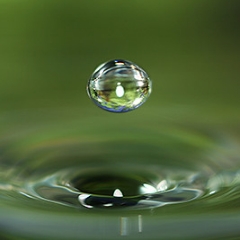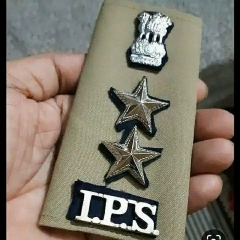Question 2 :
The solution of the differential equaton $3{e^x}\tan ydx + \left( {1 - {e^x}} \right){\sec ^2}ydy = 0$ is
Question 4 :
$\displaystyle \left ( x+y \right )\left ( dx-dy \right )= dx+dy.$
Question 6 :
Find the solution of $\displaystyle x\cos \frac{y}{x}\left ( y dx+x dy \right )=y \sin \frac{y}{x}\left ( x dy-y dx \right )$
Question 10 :
Solve the following differential equations :<br>$ \dfrac {dy}{dx} = - \dfrac {y}{x} $
Question 12 :
Solution of $\dfrac { dy }{ dx } ={ 3 }^{ x+y }$ is
Question 15 :
Find the solution of $\displaystyle \frac{dy}{dx}+\frac{y}{x}=\frac{1}{\left ( 1+\log x+\log y \right )^{2}}$
Question 16 :
Solve $\displaystyle \left ( 4x+6y+3 \right )dx= \left ( 6x+9y+2 \right )dy$
Question 22 :
The solution of $y\, dx - x \,dy + \log \,x \,dx = 0$ is
Question 23 :
Let a solution $y = y(x)$ of the differential equation $e^{y}dy - (2 + \cos x) dx = 0$ satisfy $y(0) = 0$ then the value of $f\left (\dfrac {\pi}{2}\right )$ is equal to
Question 25 :
The slope of the tangent to the curve at a point $(x, y)$ on it is proportional to $(x-2)$. If the slope of the tangent to the curve at $(10, 9)$ on it is $3$. The equation of the curve is:<br/>
Question 27 :
The equation of the curve whose slope is $\displaystyle \frac{dy}{dx}= \frac{2y}{x}, \:x> 0, \:y> 0$ and passing through the point $y\left ( 1 \right )= 1$ is given by:
Question 28 :
<p>The solution of the differential equation $ ({x^2} - {y^2})dx + 2xy\,dy = 0$</p>
Question 29 :
The differential equation $\displaystyle \frac{\mathrm{d}\mathrm{y}}{\mathrm{d}\mathrm{x}}=\frac{\sqrt{1-\mathrm{y}^{2}}}{\mathrm{y}}$ determines a family of circles with:<br/>
Question 35 :
The solution of the differential equation $ydx+\left( x+{ x }^{ 2 }y \right) dy=0$ is
Question 36 :
Solve the given differential equation $\displaystyle \left ( xy^{2}+x \right )dx+\left ( yx^{2}+y \right )dy=0.$
Question 37 :
<span>Solution of differential equation <br></span>$\cfrac { dy }{ dx } \tan { y } =\sin { (x+y) } +\sin { (x-y) } $, is <br><br>
Question 42 :
The equation of the curve which passes through the point $(2a,a)$ and for which the sum of the cartesian sub tangent and the abscissa is equal to the constant $a$, is :
Question 43 :
Let $\displaystyle f'\left ( x \right )= f\left ( x \right )$ where $\displaystyle f\left ( 0 \right )= 1.$ If $\displaystyle f\left ( x \right )+g\left ( x \right )= x^{2}$ then $\displaystyle \int_{0}^{1}f\left ( x \right )g\left ( x \right )dx$ is equal to:
Question 45 :
Find the solution of $\displaystyle \left ( x+y-1 \right )dy= \left ( x+y \right )dx.$
Question 46 :
Find the solution of $\displaystyle \frac{dy}{dx}-x\tan \left ( y-x \right )=1$
Question 47 :
The solution of the differential equation $(x+y)^2\displaystyle \frac{dy}{dx}=1$, satisfying the condition $y(1)=0$ is:<br/>
Question 50 :
At present, a firm is manufacturing 2000 items. It is estimated that the rate of change of production $P$ w.r.t. additional number of workers $x$ is given by $\frac{dP}{dx}=100-12\sqrt{x}$. If the firm employs 25 more workers, then the new level of production of items is:<br/><br/>


























